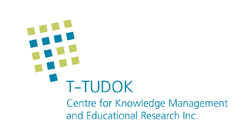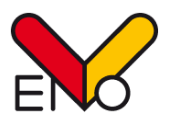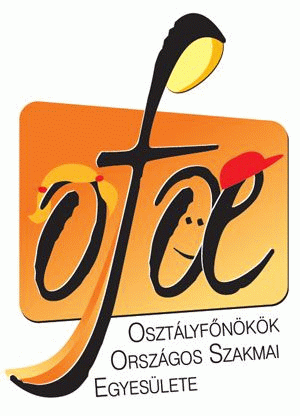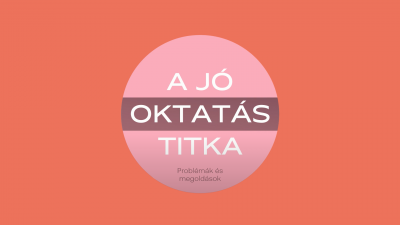Leonardo TOI - Common goals Common ways (2015)
A risk analysis tool of Scottish origin, easy to use by vocational schoolteachers, and the know-how to use it, which helps teachers to assess from time to time the risks that the current situation poses to the future of their students, and to be aware of the intervention options (Risk-matrix). It uses a so-called multi-agency approach and looks at the child from a holistic perspective. The tool is based on resilience theory, which states that serious problems do not necessarily end in adverse outcomes for children, because even one or two protective factors can offset the issues. Children are resilient enough to get through difficult times without lasting consequences.
The German and Scottish models of the system of relationships between the worlds of education, work, and social partner organizations, i.e., the local support network that can be established around vocational schools, after a thorough study of which we wish to encourage the development of regional networks with similar functions in Hungary. (Partnership-building). The objectives of the adaptation are to create a handbook that can be used to achieve:
- strengthening the relationship between the worlds of school and work and supporting the dual nature of Hungarian vocational training,
- strengthening more well-founded career choices and academic success in vocational training, more effective support for disadvantaged students, and
- reducing the rate of early school leavers. The Munich partner institution supports young people who have completed general basic education with knowledge and skills deficiencies and low motivation levels.
There, for many years, a flexible catch-up program has been in operation, supported by a strict quality assurance system, one of the crucial players of which is the Bildungsbegleiter, who responsibly supports and accompanies the students entrusted to him from the moment they enter the training until they enter the workplace, or even for a while beyond. Within the project framework, we are attempting to define a similar role, describe the necessary know-how, and test it in partner institutions.
Good practices from Poland that provide examples of how the different characteristics of cultural minorities can be taken into account within the framework of mainstream education - thereby promoting the success of young people belonging to minorities - especially Roma - in vocational training, both in schools providing theoretical knowledge and in internships related to the world of work.
Leonardo TRaKSforA
Leonardo partnership project “Training Requirements and Key Skills for Artists and creative practitioners to work in participatory settings“ (TRaKSforA) brought together a strong partnership of organisations from across Europe to develop a Self-Assessment Competency Framework (SACF) for use by artists and other creative professionals working in participatory settings (such as schools, hospitals, community centres, youth centres, cultural houses, etc.). The project involved partners from seven countries: UK, Czech Republic, Hungary, the Netherlands, Norway, Belgium and Croatia, along with other partners supporting the project work, and was carried out from August 2013 to July 2015.
Artists are ever more active as professional trainers, innovators, initiators of change and community development. However, the increasingly active role of artists in education, community development and other areas is not sufficiently supported by their systematic training and professional development in many member states. This project aimed at providing an effective tool, the Self-Assessment Competency Framework, which specifically defines the set of professional skills artists need to successfully develop the creative and transversal skills of the communities they work with. The SACF also provides a common referential point for professional development of artists across member states and enables future work on improvement of training and development opportunities of artists and creative professionals. The tool is designed so that it can be of use to existing and potential creative practitioners, training providers, as well as the practitioners’ potential or existing employers and people working with them in some capacity.
The project partnership first considered the key skills that artists need to work in participatory settings. Research of existing competency frameworks followed, as well as learning from practice of project partners and other institutions in partner countries. This ensured broad background information which served as basis for the SACF and case studies development. Partners participated in six meetings and organised case study visits and roundtable discussions in each partner country as well as a practitioners’ forum in which invited artists worked in local schools; they worked on SACF development, tested the SACF in co-operation with artists and disseminated the outcomes. The main outcomes of the partnership work were: a ready-to-use SACF available freely; a set of case studies from partner countries, exploring the key competencies identified; and recommendations for VET providers.








